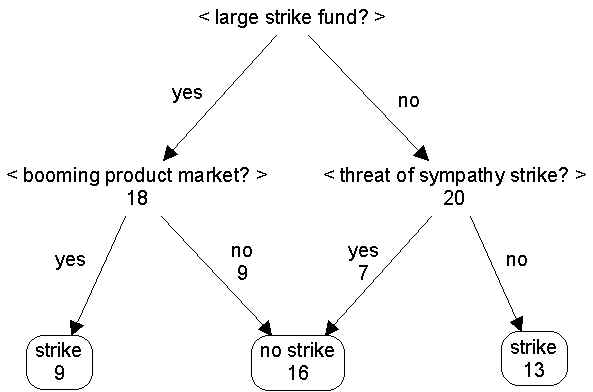
Part of the conception is that there is a set of somehow comparable alternatives among which to choose. Each alternative is a bundle of features or aspects, just as we have been assuming in cultural domain analysis.
The notion of a contrast set, or domain, is built into all decision modeling. For example, in micro-economic models, a key axiom is IIA ("independence of irrelevant alternatives") which begs the question of what is relevant and what is not.
First step is always to understand the structure of the domain. For example, it may be hierarchically organized into subdomains. Consider the decision of which form of transportation to take downtown. Suppose the choices are:
car
red bus
blue bus
And also suppose the respondent is indifferent among these alternatives. Are the baseline probabilities
| Choice | Prob: | |
| car | .33 | |
| red bus | .33 | |
| blue bus | .33 |
or are they
| Choice | Prob: |
| car | .50 |
| red bus | .25 |
| blue bus | .25 |
In the second one, the person thinks in terms of bus vs. car. Then, within bus, there are two alternatives.
Here's a table from Ragin (see handout) on the causes of successful strikes:
| Causes | Outcome | Freq. | ||
| A | B | C | S | F |
| 1 | 0 | 1 | 1 | 6 |
| 0 | 1 | 0 | 1 | 5 |
| 1 | 1 | 0 | 1 | 2 |
| 1 | 1 | 1 | 1 | 3 |
| 1 | 0 | 0 | 0 | 9 |
| 0 | 0 | 1 | 0 | 6 |
| 0 | 1 | 1 | 0 | 3 |
| 0 | 0 | 0 | 0 | 4 |
The algebraic method comes down to this model: S = AC + Bc
We can represent this as decision tree as follows:
